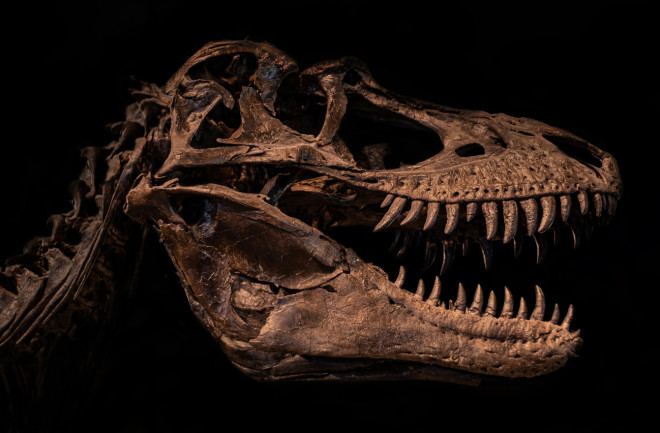In 2024, we commemorate a milestone in the field of paleontology: the 200th anniversary of the discovery of the Megalosaurus. This landmark event marked the beginning of an era of wonder and exploration into the age of dinosaurs. It was a turning point in our understanding of the natural world, revealing the existence of creatures beyond our wildest imagination.
The discovery of the Megalosaurus not only introduced us to these prehistoric giants but also paved the way for numerous subsequent discoveries that have enriched our knowledge of the Earth's distant past. And today, scientists know a lot about the age of dinosaurs.
We know that dinosaurs ruled the Earth for 165 million years, before going extinct some 66 million years ago. We’ve discovered over 1,000 species of dinosaurs to date — large and small, warm- and cold-blooded. We know that birds are a type of dinosaur, and that many dino species may have been covered in feathers.
But all this knowledge is relatively new. In fact, we didn’t know dinosaurs even existed until the 19th century. Just like we once thought our planet was flat, or that the sun revolved around the Earth, humans didn’t always understand that an entire species of mega beasts came before us.
When Was the First Dinosaur Discovered?
Oxford theologian and geologist William Buckland named the world’s first dinosaur in his 1824 article, “Notice on the Megalosaurus or great Fossil Lizard of Stonesfield.” In it, he described the “partial jaw and jutting tooth” of a creature he dubbed the Megalosaurus, or "big lizard.”
“Megalosaurus is unique because of its historical value,” says Mateusz Tałanda, an assistant professor of paleobiology at the University of Warsaw. “It changed how we understood the world around us.”
Megalosaurus: A Beast of Biblical Proportions
The finding was especially surprising because Buckland was a creationist at the time. In other words, he didn’t believe in evolution. He instead thought that the Earth was relatively new — so, finding an enormous set of fossilized bones was difficult to explain.
“He thought at first that this was a monster that was killed by a Biblical flood,” Tałanda says. Even after Buckland’s discovery, the term dinosaur wasn’t coined until 1842, when the English biologist and paleontologist Sir Richard Owen named a group of existing fossils — including the Megalosaurus and Iguanodon — Dinosauria, meaning “terrible lizard.”
Read More: 5 Massive Dinosaur Fossils and Where They Were Found
What Do We Know About Megalosaurus?
Megalosaurus still isn’t found often, even with modern tools. Though in the 19th century, because they couldn’t differentiate between many fossilized species, scientists named nearly every sharp-toothed creature they found after the mega beast.
Today, we know a bit more: Megalosaurus was a large carnivorous theropod that lived during the Middle Jurassic, about 155 million years ago. It resided in Europe, which at the time, was a huge archipelago of islands surrounded by warm seas. Estimates in size range from 20 to 30 feet long, weighing in at about 2200 pounds.
How Big Was Megalosaurus?
Of course, there’s a lot we still don’t know about Megalosaurus. This is mainly because paleontologists have found only pieces of its skeleton, including parts of the skull, pelvis, leg bones and vertebrae. “Megalosaurus is not known from a complete skeleton, so we can’t know for sure how big it was,” Tałanda says.
The dino’s blade-like teeth and short arms show that it may have been related to other species from around that time, such as the Allosaurus. But when compared to carnivores like Tyrannosaurus, Megalosaurus was likely smaller and lacked the crushing bite that could famously chew through bones.
But don't forget: Even if Megalosaurus wasn’t the vicious giant that T. rex turned out to be, it was once the biggest monster the world had ever seen. Its enormous bones both confused scientists and hinted for the first time at a world that existed long before man.
Read More: These 7 New Dinosaur Species Were Unearthed In 2022
This article was originally published on Nov. 11, 2022 and has since been updated by the Discover staff.

